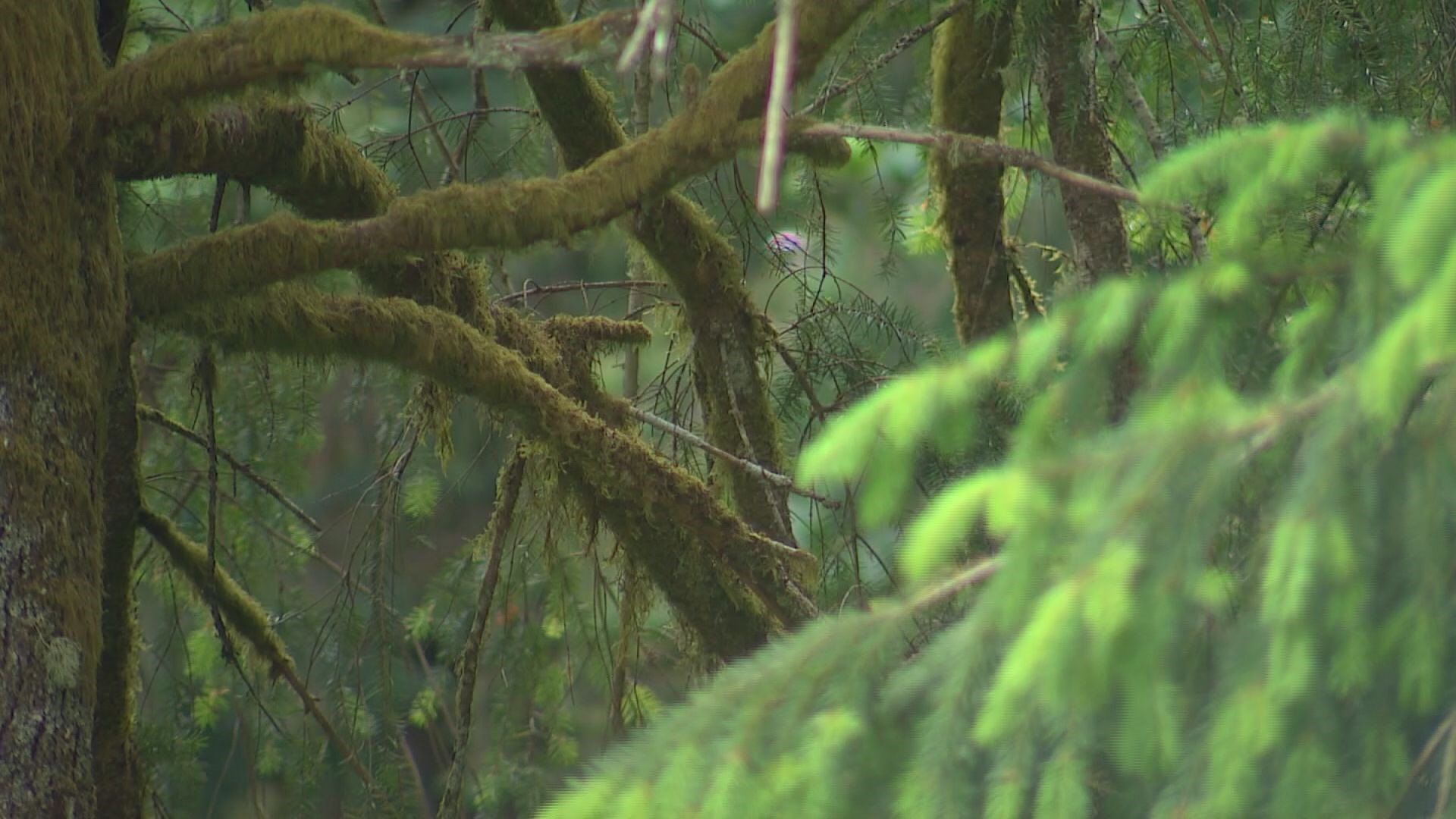WASHINGTON, D.C., USA — The start of summer is just days away, which means wildfire season is also getting closer. In an effort to make this year’s wildfire season more manageable, U.S. Representative Kim Schrier is introducing a new bill that will help modernize how forest data is collected.
“The climates changing, and forests are probably not able to adapt as fast as the climate is changing has really been a wakeup call,” said Mike Warjone, president of Port Blakely, a company that has an emphasis on sustainable forest management. Warjone said modernizing how forest data is collected is a must. “It’s time to bring that system up to the 21st century and use it in a way that can be helpful for these other issues."
Port Blakely is a family-owned forest management company with deep roots, dating back five generations.
“I know exactly what’s going on in my land, but it’s helpful for me to know what my neighbors are up to so we can all work together and put together plans that are going to be better for the next generation,” said Blakely.
That’s exactly what U.S. Representative Kim Schrier hopes her new bill the “Forest Data Modernization Act” does for foresters like Warjone and other entities. Especially with wildfire seasons of late seemingly becoming longer and more catastrophic year after year.
“Every summer we’re choking on smoke, and it has become widely accepted that we need to manage our forests better,” said Rep. Schrier.
Her bill is focused on modernizing how data is collected by the U.S. Forest Services’ “forest inventory analysis program” (FIA,) essentially making the program’s data more accessible and up to date, pushing the program to measure various factors that could lead to wildfires.
According to Rep. Schrier’s office, there are four main points the bill will focus on:
- Data accessibility - by requiring the publication of summary statistics every two years and the creation of a fee-for-service program to handle complex data requests.
- Data usability - by directing the FIA to measure forest carbon and requiring that clear definitions are provided with FIA data to ensure better interpretability of datasets which would allow the forestry sector to leverage collected data consistently.
- Data collection - by recommending consideration of advanced technologies for data collection, such as satellite sensors and computer models that could improve data accuracy and reduce costs as well as codifying existing surveys on wood use and forest landownership to ensure continued availability of datasets on which forestry stakeholders rely.
- FIA program transparency - by requiring the existing FIA strategic plan to be updated, that future updates be made every five years, and that FIA costs and priorities be published annually.
“Which ones have the sponge moth, where are the trees healthy, which ones are overcrowded, where’s there too much underbrush because you really want to prioritize forests that are at risk of catastrophic wildfires or forests that are right next to places that people live,” said Rep. Schrier.
Warjone believes this new approach ensures he and others in the forest industry can better preserve forests for years to come.
“It’s my responsibility to be a good steward while we’re here now, so that 500 years from now people look back and say we’re really glad that Mike was there during that period of time because we now have a healthy, thriving forest for generations to come,” said Warjone.

